Explore Other Cultures in Ethnic Enclaves
During the 18th-century Colonial period in the United States, a small number of immigrants came from Italy, and some of them settled in South Philadelphia. They were then followed by a much larger influx of Italians who arrived during the late 19th and 20th centuries. Those migrants brought with them cultural and culinary influences that added numerous touches of "the old country" to that neighborhood.
In the 1880s, a curbside market sprang up to cater to the food preferences of the increasing Italian population. The South Ninth Street Italian Market evolved into the largest continuous outdoor arcade in the country, and it continues to operate today.
----
This community is one of many ethnic enclaves throughout the United States that capture the essence of another nation. An internet search can lead you to many of these hidden gems.
Numerous cities have a Little Italy or Chinatown, and there are also sections devoted to a wide variety of other countries and cultures. Visiting them provides an opportunity to take a virtual trip without leaving the United States.
According to the latest national census, there are about 350,000 people in the United States who self-identify as Ethiopian, the largest cluster outside of Africa. Virginia, California and Maryland have the greatest concentration of these people. Washington, D.C., isn't far behind, with more than 1,200 Ethiopian-owned restaurants, markets and other businesses along with eight Ethiopian Orthodox churches.
For many visitors to the Queens borough of New York City, the greatest appeal is that fully one-half of its residents were born outside the United States. They immigrated from more than 120 counties and speak some 135 languages. A good introduction to the cultural conglomeration comes during walks through some of the 50-plus neighborhoods that are adjacent in geography yet worlds apart in ambience and atmosphere. A stretch of Roosevelt Avenue in Jackson Heights would be at home in Central and South America. Astoria provides an introduction to authentic Greek culture, including tavernas that serve traditional meze appetizers, and magnificent Greek Orthodox churches.
Astoria is also dotted with mini-neighborhoods occupied by immigrants from India, South Korea, Romania, the Dominican Republic and other far-flung countries. Given the name, it's no surprise that the Jamaica area has strong roots in the Caribbean. Then there are sections known as Little Egypt, Little Guyana, Little Thailand, Little Colombia, Little Manila and Little India.
One of the densest gatherings of Indian immigrants is found in Edison, New Jersey. They cohabitate with a large, diverse group of people from South Asia. Many South Asian-owned shops are concentrated along Oak Tree Road. Edison erupts with music, dance and celebration during traditional Indian holidays.
An annual festival in Los Angeles is observed by the largest concentration of Koreans outside of their native land. They began to congregate there in the 1930s and established familiar eateries, karaoke bars and other establishments. Nearby are the Korean American National Museum and Korean Cultural Center.
A neighborhood inhabited by a number of people from another country that touches China is nicknamed Chindianapolis. In the past few decades, the south side of Indianapolis, Indiana, has been transformed into one of the largest Burmese Chin communities outside of Myanmar.
The Chin are people who live in the mountains along the Myanmar-India border, an isolated place they believed would protect them from outside aggressors. They were a primarily Christian minority in their majority Buddhist homeland, and some fled to the United States to escape religious and ethnic persecution. Memories of their native land live on at the Indiana Chin Center and at restaurants that serve dishes familiar to them, such as vok ril, a pork blood sausage, and sabuti, meat and ground corn soup.
Dining on unfamiliar dishes, celebrating traditional ethnic holidays and other unusual activities might not be in your regular to-do list. However, these and other experiences are available to those seeking to immerse themselves in customs of other countries and people around the world without traveling far from home.
----
WHEN YOU GO
For more information: immigrationtounitedstates.org.
========
Victor Block is a freelance writer. To read features by other Creators Syndicate writers and cartoonists, visit the Creators Syndicate website at www.creators.com.
Copyright 2025 Creators Syndicate, Inc.
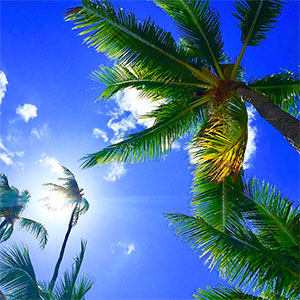
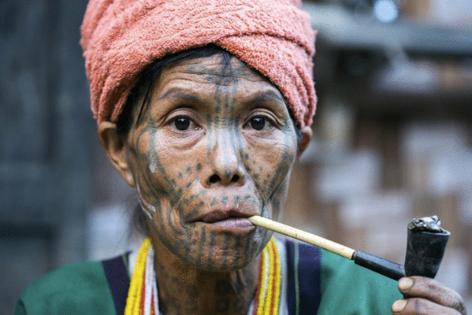
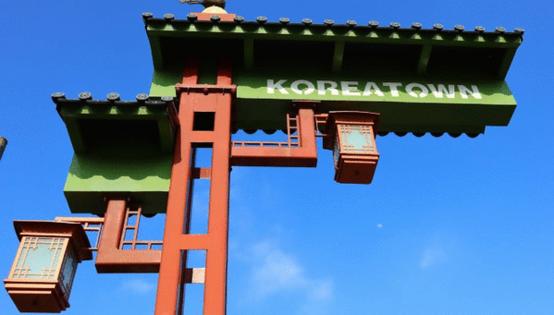
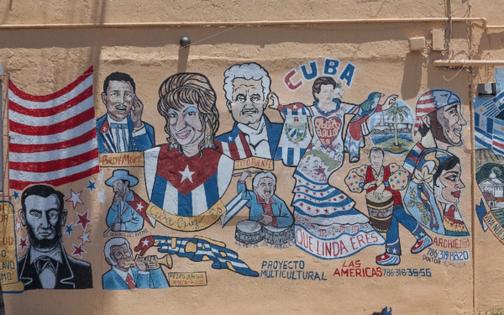



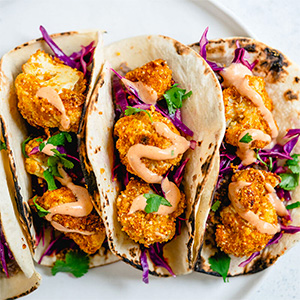
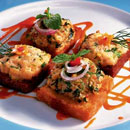
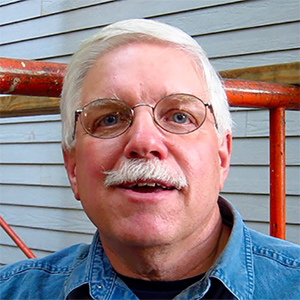
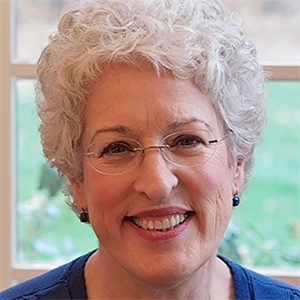
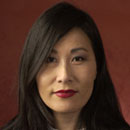
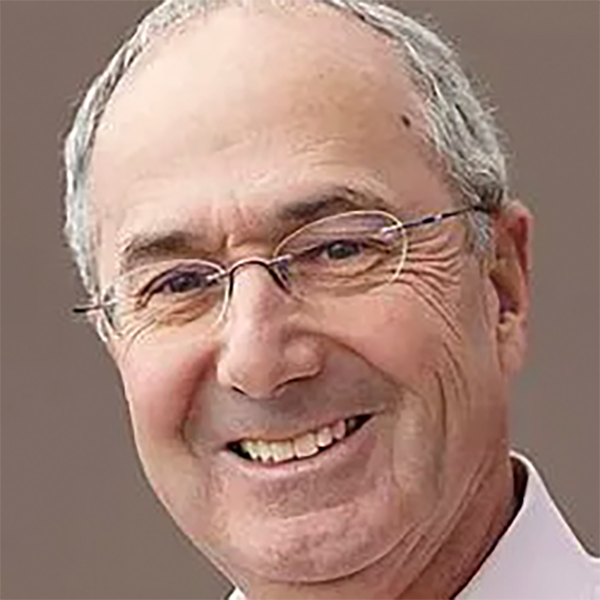
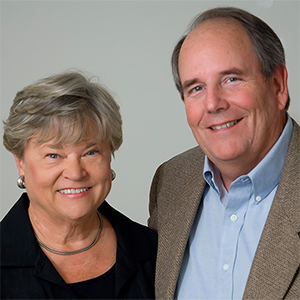
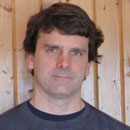
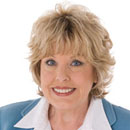
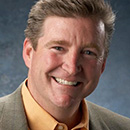
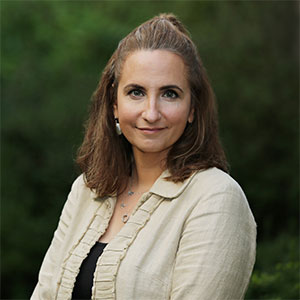


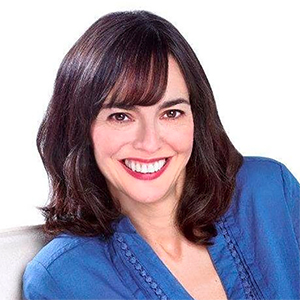
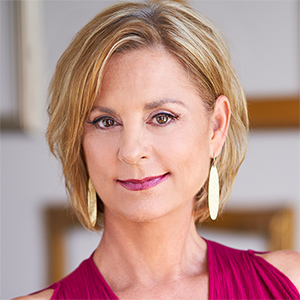
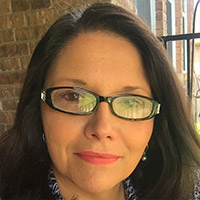

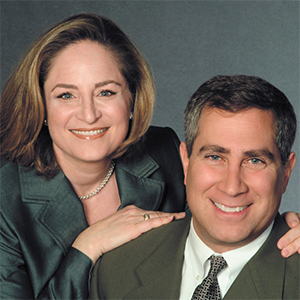

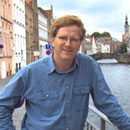
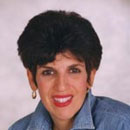
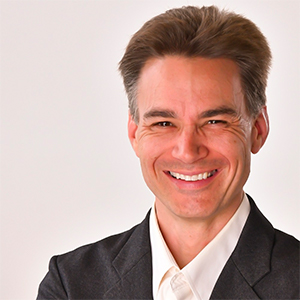
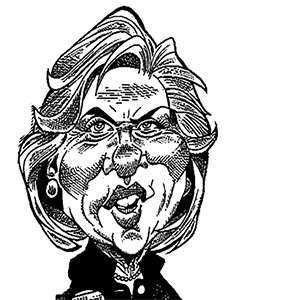





Comments